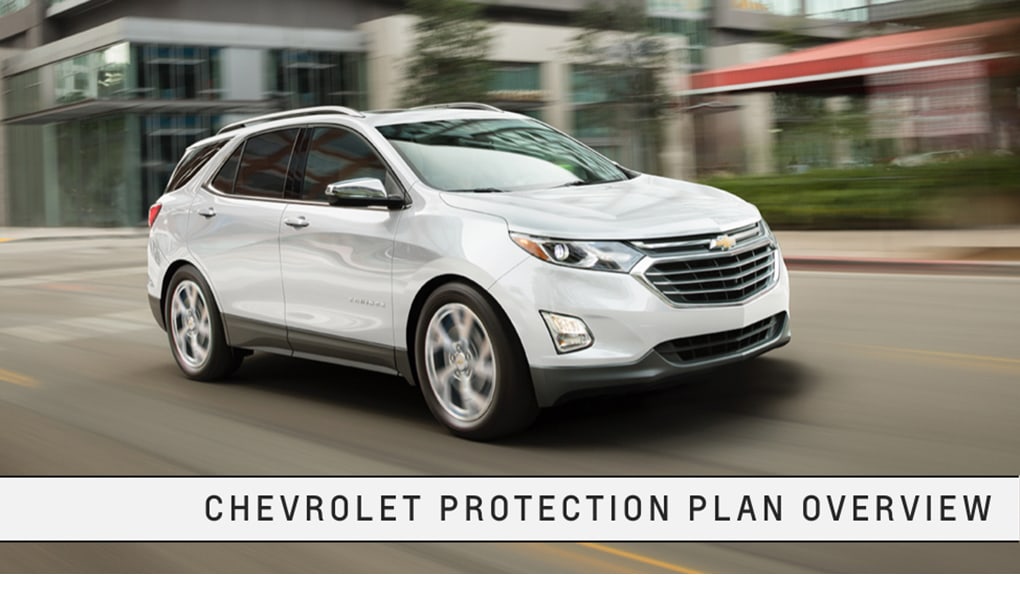Purchasing a new vehicle can bring a gamut of emotions — exhilaration, pride, and perhaps a dash of sticker shock. Amidst the excitement, many vehicle owners often mull over an important consideration: how to safeguard their investment, not just from accidents on the road, but also from the long-term wear and tear.
This is where auto protection plans, often referred to as extended warranties or vehicle service contracts, enter the frame. They offer the promise of peace of mind and budgetary protection, especially in the face of increasingly sophisticated, and consequently, expensive vehicle repairs.
But are they truly worth the added cost? This comprehensive exploration of auto protection plans will help you weigh the advantages, understand the nuances, and make an informed decision that aligns with your specific needs and circumstances.
Understanding Auto Protection Plans
An auto protection plan is essentially a promise by the provider to cover certain vehicle repairs after the original warranty provided by the manufacturer expires. They can vary greatly in terms of coverage and cost, but most are designed to offset the expenses that come with mechanical breakdowns and part failures.
It’s important to distinguish auto protection plans from manufacturer warranties. The former is typically provided by a third-party company, while the latter is often included in the vehicle purchase and is backed by the car’s manufacturer.
The Anatomy of Auto Protection Plans
While coverage details will differ between plans, several common features are worth noting:
Types of Plans
- Exclusionary Coverage: This type covers everything except what is explicitly listed in the contract.
- Inclusionary Coverage: This type covers only what is explicitly listed in the contract.
- Powertrain Coverage: The most limited form, it focuses exclusively on the engine, transmission, and related components.
- Bumper-to-Bumper Coverage: The most extensive, this covers nearly all systems and components in your vehicle.
- High-Tech Coverage: Targeted coverage for advanced features and technology in modern cars.
Add-ons and Customization
Providers often allow for customization and additional coverage for specific components or services. This flexibility can be tailored to your individual vehicle and needs.
Term and Mileage Limits
Auto protection plans are time and/or mileage-bound. Some may offer options for longer terms, but they may also come with higher premiums.
Deductibles
Similar to insurance, auto protection plans may include deductibles that can influence the plan’s overall cost.
Transferrable and Cancelation Provisions
Check if the plan is transferrable if you sell your car, or if there are any stipulations regarding cancelation and refunds.
Servicing Options
Consider where you will be able to have your car serviced under the plan. Some plans may require using specific mechanics or service centers.
The Benefits of Auto Protection Plans
The peace of mind an auto protection plan offers can be significant, particularly for those who rely heavily on their vehicles. Here are some of the primary benefits:
Financial Protection
The core benefit is financial safeguarding. With the increasing complexity and cost of vehicle repairs, a single breakdown could end up costing more than the plan itself.
Predictable Budgeting
A consistent monthly or one-time payment for your coverage allows for easier budget forecasting, especially when it comes to vehicle maintenance and repair costs.
Convenience
With an auto protection plan, much of the administrative work and dealing with repairs are handed over to the plan provider, simplifying the process for the vehicle owner.
Add-Ons Reduce Unpredictability
By customizing your plan with add-ons, you can shield against the costs related to specific high-wear items in your vehicle.
When Might Auto Protection Plans Not Make Sense
Despite these benefits, there are points to consider where auto protection plans may not align with your situation:
High Initial Cost
If the upfront cost of the auto protection plan is a financial burden, it might not make sense for your current budget.
Unnecessary Overlap
A new car’s existing manufacturer warranty may provide sufficient coverage that makes an auto protection plan superfluous in the short term.
Low Use Predictions
If your driving habits suggest you’re less likely to accrue high repair costs, investing in an auto protection plan might not yield the anticipated ROI.
Reliability and Resale Value
Some vehicles have a reputation for reliability, and others can be protected at a lower overall cost with a combination of good maintenance and a repair reserve.
The Decision-Making Process
Ultimately, the choice to purchase an auto protection plan or not should be informed by a few key considerations:
Proper Research and Due Diligence
Before signing up, thoroughly research potential providers, read the fine print, compare coverage and costs, and lean on reviews and consumer experiences.
Your Vehicle’s Age and Mileage
Not all vehicles will qualify for an auto protection plan, so understanding where your car stands within the lifecycle is crucial.
Future Ownership Plans
If keeping your vehicle for an extended period is the intention, an auto protection plan could be particularly beneficial, especially if you have financing obligations.
Financial Health
It’s essential to evaluate your ability to absorb potential repair costs in the absence of a protection plan against the premiums and deductibles of the plan itself.
Additional Considerations Before Committing
Before committing to an auto protection plan, consider these additional factors:
Assess Risk Tolerance
Your comfort with uncertainty in the face of potential high repair costs is a personal factor that should be weighed in the decision-making process.
Check the Track Record
Look into the provider’s history of honoring claims, ease of the process, and overall customer satisfaction.
Understand What’s Not Covered
Sometimes more telling than what’s included in a coverage plan, understanding the limitations and exclusions can be a deciding factor.
Case Studies and Examples
To better illustrate the real-world application and value of auto protection plans, here are a few hypothetical scenarios:
The Case of the Daily Commuter
For someone who logs a high number of daily miles, even a modest-coverage auto protection plan could end up saving thousands over the plan’s duration.
The Sophistication Savvy Owner
A tech-lover who appreciates the advancements in their high-tech vehicle can find tailor-fitted protection plans that cover these advanced systems.
The Classic Car Connoisseur
While not a fit for standard auto protection plans, classic or collector vehicles can have their niche protection plans to safeguard their value.
The Verdict on Auto Protection Plans
Ultimately, the universe of auto protection plans is vast and diverse. They are not a one-size-fits-all solution and their value will depend on your unique circumstances. Provided that you conduct your due diligence and the terms of the plan align with your needs, an auto protection plan can be a smart and strategic move to fortify your vehicle and your finances against the uncertainties of the road.
Before purchasing, be sure to:
- Understand the different types and levels of coverage
- Weigh the potential benefits against the cost
- Examine your vehicle’s current and predicted future repair needs
- Research reputable providers and customer experiences
In conclusion, while auto protection plans can be a powerful tool to manage the inherent risks of vehicle ownership, prudence and deliberation in choosing the right plan for your situation is paramount. Whether you’re just starting to consider one or have received an offer, taking the time to analyze and project the benefits will ensure that your road ahead is as smooth and secure as it can be.

